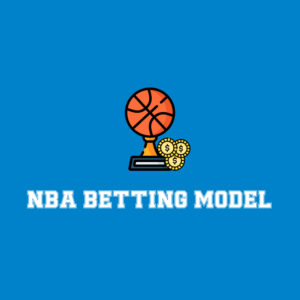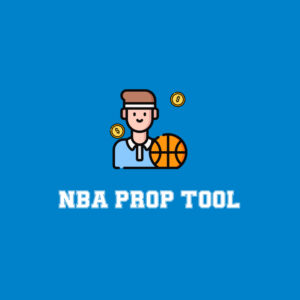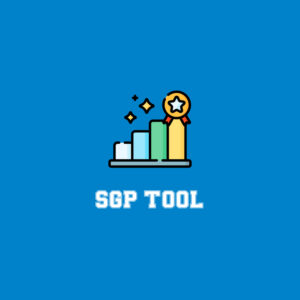
(It’s fantasy baseball draft season! The FTN Fantasy team and a host of helpful guests present our Ultimate 2025 Fantasy Baseball Guide. Check it out and prepare for the 2025 MLB season.)
I’ve been writing this Small Ball series for the past two years. I’ve thoroughly enjoyed it. However, a thought popped into my head.
“What exactly is Small Ball?”
Well, good question. It’s been two years here at FTN, and I couldn’t accurately describe what this series was all about. And that, to me, was a problem. If my target audience doesn’t know what they’re about to read, will they even read it at all? And if they do, will they come back next week if the topic isn’t relevant to them? So this year, I decided to crowdsource. What fantasy baseball topics are neglected by the industry in a broader sense? How can I bring that sort of analysis to our FTN subscribers?
After a brief discussion in our FTN Baseball Discord, it was determined that “Small Ball” will focus largely on fantasy baseball points league strategy this season. It’s the first format I ever dabbled in, and it still remains my favorite to this day – despite some recent success in NFBC leagues (which I also highly recommend, especially the Online Auction Championship).
If you missed it, I put together a Points League Primer earlier this offseason to compare and contrast the different settings across Yahoo, CBS and ESPN leagues. If you’re trying a points league for the first time, be sure to familiarize yourself with it before your draft. If you’re a seasoned vet like me in the points format, there are still many things we can do to become a better player. After a three-peat in my home points league, I was humbled last season and forced to “sell” at the deadline. The result was a massive haul of draft picks, and I hope to start another reign of terror the next 3-5 years.
Enough about that. Since it’s still early in the offseason, I’ve decided to center my first article around “general strategy.” It’s probably too early to be drafting teams (I don’t draft until at least mid-March, and sometimes 24-48 hours before Opening Day). It’s way too early to be thinking about any sort of in-season management. Let’s make this late-January article a foundation for what’s to come in 2025.
One last thing: If you’re exclusively an NFBC player, or a rotisserie player, don’t X-out of your screen. I will still be discussing those formats throughout the year, like I have for the past few years. Many of the lessons I’ll discuss throughout the year will apply across the board. I don’t want to alienate a specific audience. Now, let’s get to it.
Points Leagues 2025
If you didn’t make it through my long-winded intro, you may have missed the Points League Primer from earlier this offseason. Just another reminder, check it out so we don’t have to revisit the scoring settings. It’s possible your league has its own unique scoring settings. If that’s the case, just try to apply these talking points to the best of your ability.
Here are some general strategy points to prepare yourself for the 2025 fantasy baseball season.
Be Wary of Projected Points
We’ve all done it. You’re on the clock, you’re unprepared and suddenly the clock starts beeping – 5… 4… 3…
Your palms start to sweat. Your eyes bounce back and forth between a handful of players. And finally, with one second left, you click on a name. Whenever this situation happens, instant regret almost always follows. These are the situations we want to avoid on draft day. And the best way to do that is to create a list of players who are more valuable than their ADP. The average fantasy baseball player will look at projected points alone to make these decisions. That’s not how you should approach your points leagues.
That said, let me pause to let you know that here at FTN, we will be debuting a Custom Rankings Tool (early February debut) that will allow you to create a rankings list for your league with a few inputs and clicks. Default options include CBS, ESPN, Yahoo! H2H Points leagues, Cutline, Underdog and standard roto. Rankings are pre-loaded with our industry-best FTN VDP Projections.
Now, back to the original point. While our Custom Rankings Tool will help you create an organized list of targets, we don’t want to purely look at projected points when making decisions between players.
Points leagues are a much different animal than NFBC or rotisserie leagues. While the latter two leagues focus mostly on long-term performances and trends, points leagues are more of a week-to-week animal. Sure, long-term performance is still the dominant gene, but we can’t always project players to be in the lineup every single day for 162 games.
On your platform, you might notice that Player A is projected for 362 points while Player B is projected for 342. Most will flock toward Player A and won’t think twice about it. That’s not always the whole picture. Let’s use my ESPN home league as an example. Cal Raleigh scored 310 points in the 2024 fantasy baseball season at the catcher position. Will Smith scored 305. Most would say that Raleigh had a better season by a slim margin. Is that true?
Absolutely not. On a game-to-game basis, Raleigh averaged just 2.0 points per game. Smith averaged 2.4. Smith was by far the more valuable fantasy asset. Part of this has to do with games played. Raleigh played in 153, while Smith played in 128. Raleigh had more plate appearances as well. And all those extra games and plate appearances netted just five more points than Smith.
Baseball has gotten to the point where injuries will affect your team. Your players will miss games – perhaps a handful of them. When I make selections on draft day, I want to take players who will perform at a high level on a game-to-game basis. So instead of looking at projected raw points, I like to look at points per game. It might sound simple, but I promise you it will help you roster better players throughout the season. In a week-to-week league where your performance Monday through Sunday results in a win/loss, I want players with the highest floor. More often than not, you will win with those types of players. And even if those players are more injury prone than others (affecting their preseason “projected points”), I’m OK taking that risk. If they’re out of the lineup, I’ll fill in the gaps with similar players off waivers until they’re back in the saddle.
Of course, things can change depending on position scarcity. For example, if you’re deciding between a 2.2 ppg player at shortstop and a 2.5 ppg player in the outfield, it might actually behoove you to grab the 2.2 ppg shortstop if the dropoff is significant beyond that player. That’s a lesson for another day on tiers.
Focus on Bat-to-Ball Skills

If you’re an NFBC vet, or someone who has played in rotisserie leagues your entire life, the most difficult transition from that format to points leagues is the evaluation of certain players. We need to break those NFBC/rotisserie habits.
Almost all players have some sort of value in rotisserie leagues. There are the slap average hitters (Luis Arraez), the stolen base threats (José Caballero), the power thumpers (Eugenio Suárez) and other specialists. While Arraez has some value in points leagues, the other two hitters are virtually unrosterable.
In my home league, Arraez was good for 2.5 ppg. That’s a very solid number and worth rostering in all formats. However, there’s an argument to be made that he’s more of a regular-season player than a postseason one. Your goal is to win championships in fantasy baseball. Arraez might help you get there with his rock-solid 2.5 ppg floor, but his lack of power (just 4 HR) limited his ceiling. In the playoffs, you need some ceiling games from your starters to take down your opponent. But Arraez was certainly a startable asset. No question about that.
Let’s move to the other two players – Caballero and Suárez. While Caballero was a key asset on my championship NFBC Auction team last season (due to his 44 stolen bases), he was an atrocious asset in points leagues. He averaged just 1.2 ppg due to sporadic playing time and an absurd 27.5% strikeout rate. He also had virtually no ceiling with just 9 homers and 44 RBIs. The key point here is the strikeout rate. Players who can’t put the bat on the ball almost always end up on losing teams in points leagues. ESPN punishes hitters with -1 points per strikeout – unlike rotisserie/NFBC leagues where strikeouts are valued the same as a flyout to the warning track. Not all points leagues punish players for strikeouts. If there’s no penalty, you have more leeway with these types of players. However, Caballero is still a valid example even without the K’s.
In my ESPN league, even if you remove the -1 points per strikeout, Caballero would have scored just 302 points (2.1 ppg). For those unfamiliar with those baselines, 2.1 ppg in a league that does penalize for strikeouts is a borderline asset. In leagues that don’t penalize for K’s, 2.1 ppg is a waiver-wire asset at best. So there you go. Caballero is one of many players who carry immense value in one format and virtually no value in points leagues. That’s because one-trick ponies do have value in category leagues but won’t have the required floor to be a points league asset.
I won’t go deep on Suárez, but the same lessons apply. Suárez carried a ton of value in rotisserie because of his 30-plus HR potential at a corner infield spot. But in points leagues, his 176 strikeouts (27.5% rate) really hurt his bottom line. Remember, in leagues that penalize -1 for strikeouts, that’s 176 “lost” points for Suárez. That’s a massive number of points you’d be leaving on the table. Conversely, a player like Alec Bohm (86:40 K/BB ratio, 14.2% K rate) is a much more valuable asset in points leagues. Based on current ADP, Suárez is ahead of Bohm in NFBC leagues. In points leagues, this isn’t a contest. Bohm is a 2.5 ppg player, whereas Suárez is much closer to the 2.0 ppg mark. I hope this helps explain the difference in player evaluation.
Here are some other players (by position) who carry much more value in points leagues than traditional NFBC/rotisserie leagues because of their bat-to-ball skills:
- C: Keibert Ruiz
- 1B: Vinnie Pasquantino
- 2B: Nico Hoerner
- 3B: Alec Bohm/Alex Bregman
- SS: Carlos Correa
- OF: Steven Kwan
Prioritize Hitting over Pitching
I’m cheating a bit here. This is more of a “draft” strategy than general strategy. Still, it’s something we should familiarize ourselves with as we start preparing for the 2025 season.
NFBC/rotisserie leagues look at categorical performance for hitters and pitchers. So your place in the “Wins” pitching category carries equal weight to your performance in the “AVG” hitting category. In points leagues, all you care about is … well … points. And what’s the best way to generate points from Monday through Sunday in your weekly matchup? Consistent hitting throughout your batting order.
Pitching is important, yes. Extremely important depending how you look at it. But the reality is, not all of your pitchers will have two-steps in a given week. Sometimes the stud pitcher you overdrafted in Round 2 will pitch once, on a Friday, and have a brutal matchup (perhaps against the Dodgers in LA). In this example, your pitching floor takes a hit for the week. And since you spent Round 2 draft capital on said pitcher, I’m going to assume that your batting order isn’t as lethal as some other teams in your league.
In my experience, the best points league teams are the ones that consistently crank out points throughout their lineup. Someone like Freddie Freeman (Round 1 or 2 ADP) is a much more valuable asset in points leagues than a stud pitcher in that draft slot because Freeman is going to play roughly six times each week, barring injury. At nearly a 3.0 ppg mark in ESPN leagues (Freeman’s baseline), that’s 18 points on average each week. Sometimes more, sometimes less.

Now let’s look at the best pitchers last year in fantasy baseball. Tarik Skubal (19.4 ppg) and Chris Sale (19.2 ppg) were at the top of my home league. Freeman’s weekly average is on par with those marks. I’d much rather draft a player like Freeman at the Round 1 or 2 turn than a stud pitcher for various reasons.
First, it’s hard to predict who the best arms will be each season. Skubal and Sale were nowhere near first-round picks last season. And even if you nail the top pitcher in the first round of your draft (it’s unlikely), you’re still subjected to potential injuries (think Shane Bieber, Kodai Senga, Tyler Glasnow last season), innings limits, six-man rotations, etc.
I’d much rather take the sure thing (Freeman) who’s going to be accruing points on a daily basis in my lineup and frustrating my opponent. It goes back to creating a solid floor on a weekly basis, and Freeman gives you just that (and with a ceiling too!).
Final Thoughts
That’s it for this week. As I said in the intro, this article will appear on a bi-weekly basis and will focus primarily on points league strategy. But I’ll still touch on NFBC/rotisserie leagues to make it valuable for everyone. For some early thoughts on 2025 drafts, make sure to check out our FTN Fantasy Baseball Discord.





























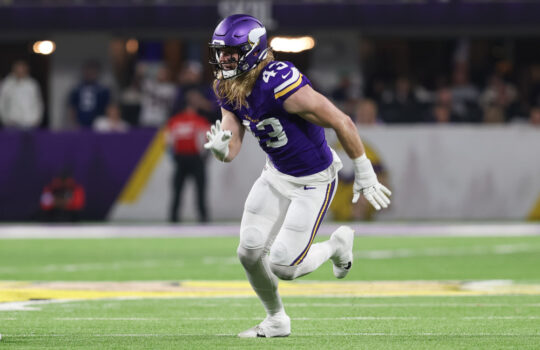



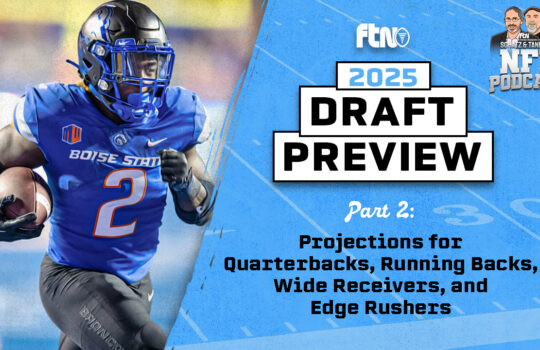

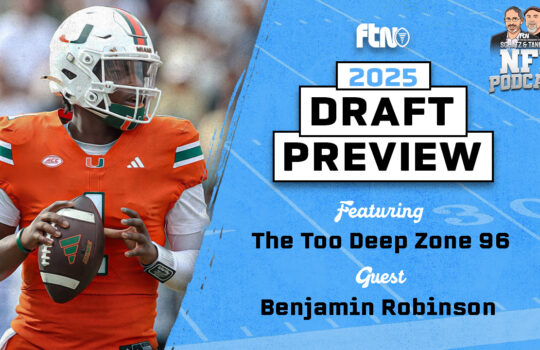





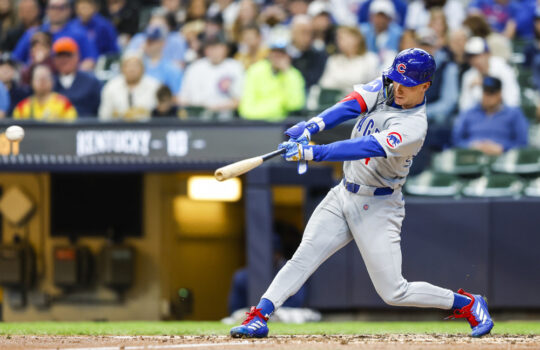

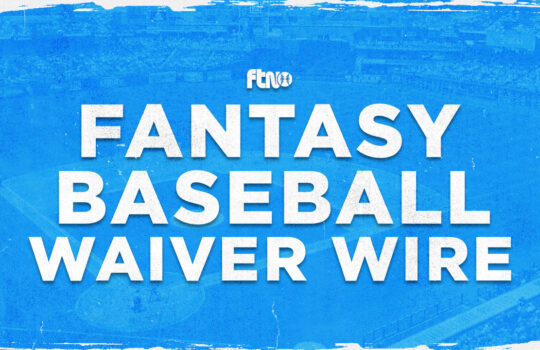

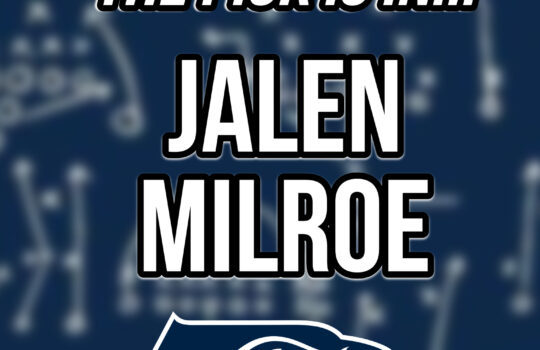

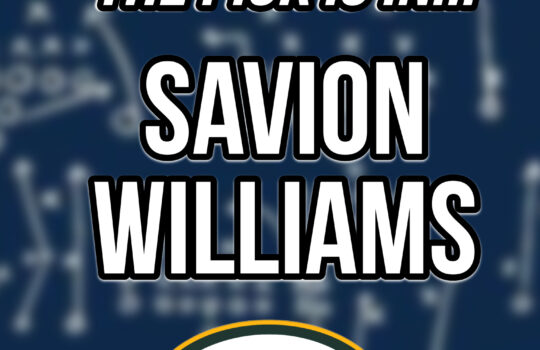
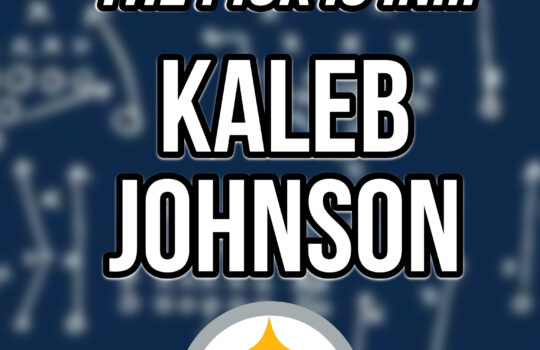

 New York Jets
New York Jets  New England Patriots
New England Patriots  Miami Dolphins
Miami Dolphins  Buffalo Bills
Buffalo Bills  Pittsburgh Steelers
Pittsburgh Steelers  Cleveland Browns
Cleveland Browns  Cincinnati Bengals
Cincinnati Bengals  Baltimore Ravens
Baltimore Ravens  Tennessee Titans
Tennessee Titans  Jacksonville Jaguars
Jacksonville Jaguars  Indianapolis Colts
Indianapolis Colts  Houston Texans
Houston Texans  Las Vegas Raiders
Las Vegas Raiders  Los Angeles Chargers
Los Angeles Chargers  Kansas City Chiefs
Kansas City Chiefs  Denver Broncos
Denver Broncos  Washington Commanders
Washington Commanders  Philadelphia Eagles
Philadelphia Eagles  New York Giants
New York Giants  Dallas Cowboys
Dallas Cowboys  Minnesota Vikings
Minnesota Vikings  Green Bay Packers
Green Bay Packers  Detroit Lions
Detroit Lions  Chicago Bears
Chicago Bears  Tampa Bay Buccaneers
Tampa Bay Buccaneers  New Orleans Saints
New Orleans Saints  Carolina Panthers
Carolina Panthers  Atlanta Falcons
Atlanta Falcons  San Francisco 49ers
San Francisco 49ers  Seattle Seahawks
Seattle Seahawks  Los Angeles Rams
Los Angeles Rams  Arizona Cardinals
Arizona Cardinals 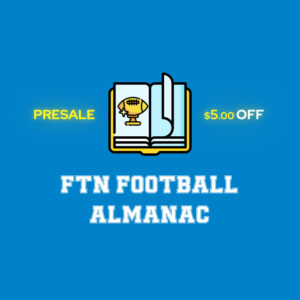
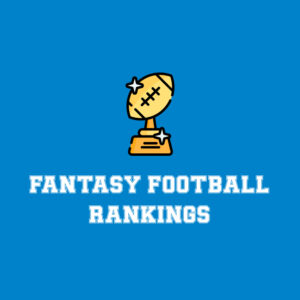
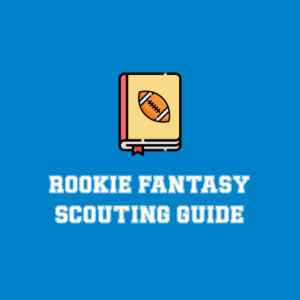
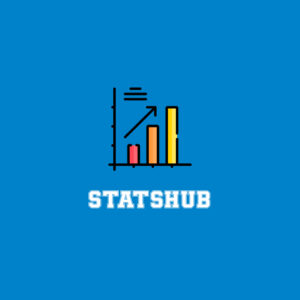





 Boston Celtics
Boston Celtics  Brooklyn Nets
Brooklyn Nets  Philadelphia 76ers
Philadelphia 76ers  New York Knicks
New York Knicks  Toronto Raptors
Toronto Raptors  Chicago Bulls
Chicago Bulls  Detroit Pistons
Detroit Pistons  Milwaukee Bucks
Milwaukee Bucks  Cleveland Cavaliers
Cleveland Cavaliers  Indiana Pacers
Indiana Pacers  Orlando Magic
Orlando Magic  Atlanta Hawks
Atlanta Hawks  Charlotte Hornets
Charlotte Hornets  Miami Heat
Miami Heat  Washington Wizards
Washington Wizards  Denver Nuggets
Denver Nuggets  Minnesota Timberwolves
Minnesota Timberwolves  Oklahoma City Thunder
Oklahoma City Thunder  Portland Trail Blazers
Portland Trail Blazers  Utah Jazz
Utah Jazz  LA Clippers
LA Clippers  Golden State Warriors
Golden State Warriors  Los Angeles Lakers
Los Angeles Lakers  Phoenix Suns
Phoenix Suns  Sacramento Kings
Sacramento Kings  Dallas Mavericks
Dallas Mavericks  Houston Rockets
Houston Rockets  Memphis Grizzlies
Memphis Grizzlies  New Orleans Pelicans
New Orleans Pelicans  San Antonio Spurs
San Antonio Spurs 
